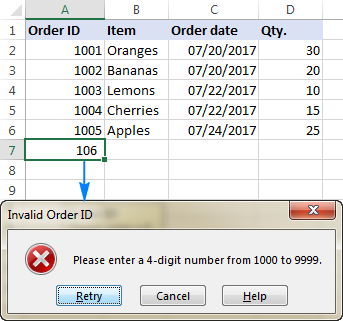

Review documentation and check the mapping of each data type in the legacy system and the new system. Review test basis, analyze test items, specification and identify test conditions. It will also include a design of how the migration is validated through testing and define non-functional aspects to test. It should be pointed out when and who is to be involved in testing, set up all the needed supportive hardware and software.ĭuring Test Analysis activity, QA will create TCs with emphasis on how each item of data is mapped and migrated from source to target. It’s very important not to underestimate the required efforts for testing. Determine the size of the test efforts.Define risks ( business objectives, product, project and technical risks).Decide on single migration (big bang), phased or incremental approach. Select techniques, determine test items and coverage. It’s necessary to pinpoint and describe all the things that need to be tested (data to be migrated, migration rules, data quality assessment). Identify and agree on data migration requirements, identify the whole list of data cleaning requirements and understand all the dependencies and interactions with other systems.This step presupposes the following actions: Test Planning is the most important activity in any test project. So, it’s time to go through the customary steps that should be taken during Data Validation testing within the migration process: 1. It is the complex work of a QA team and it requires skill, expertise, tools, and resources. → Migrating data is not simply transferring information from one storage to another. Verify the performance of custom scripts.Verify the absence of data loss unless it is based on requirements.Verify if the destination tables are populated with accurate values.Verify if all the required data was transferred according to the requirements.Let’s define the objectives of data migration testing: This will also lead to a decrease in overall costs. The faster a QA Engineer starts analyzing requirements, business rules, data analysis, creating test scripts and TCs, the faster the issues can be revealed and removed. In Data Validation testing, one of the fundamental testing principles is at work: ‘Early Testing’. How do you verify data accuracy, completeness of data (if all data is moved/loaded) and if it matches all the rules? These questions could arise if you are verifying data during or after migration. Data Accuracy is a key aspect that should be verified when loading data from one source to a target system. The process becomes more challenging if the migration is to be performed for a complex application with huge amount of data. Data migration can be performed manually or by using special tools. Validation of cells where there is a calculation 3.1 The tables in this section outline the tests performed on cells where the Excel workbook contains calculations.There exists a lot of reasons why organizations are forced to migrate their data. Calculated fields are addressed in Section 3. Validation of cells where data entry expected or that should be left blank 2.1 The table in this section outlines the tests performed on cells where data entry is expected or that should be left blank (and are locked in the Excel workbook). 1.5 The ‘Check’ is a unique identifier for each test, provided within the message to enable the recipient to match the error message to this guidance.

1.4 When a test is failed, the message received will be as described herein. 1.3 In the tables below, both the item (in bold) and the Excel Location (Sheet and Cell reference) are provided. If all checks re passed, the submission will be accepted, this fact communicated to the OIB together with a list of any warnings. 2.3 Submission of the template to the JFSC will prompt the checks to run. 2.2 Excel only checks validation on direct input and/or if manually requested so it should not be considered to be a failsafe – OIBs should check their data and the JFSC will check the data on submission.ġ. As the unit is £1,000, this means that values of +/- £1 trillion are permitted.ġ. 2.1 For monetary amounts, cells have been restricted so that only integers in the range -1,000,000,000 to +1,000,000,000 can be entered, unless otherwise noted. 1.2 Excel data validation in the template is limited as follows:ġ.
#Data validation check verification#
General points 1.1 The validation and verification checks performed on submission are set out herein. Relevant to the JFSC’s prudential reporting requirements of OIBs Guidance Note V alidation and verification of the ‘ 2.5 Profit and Loss ’ Sheet


 0 kommentar(er)
0 kommentar(er)
